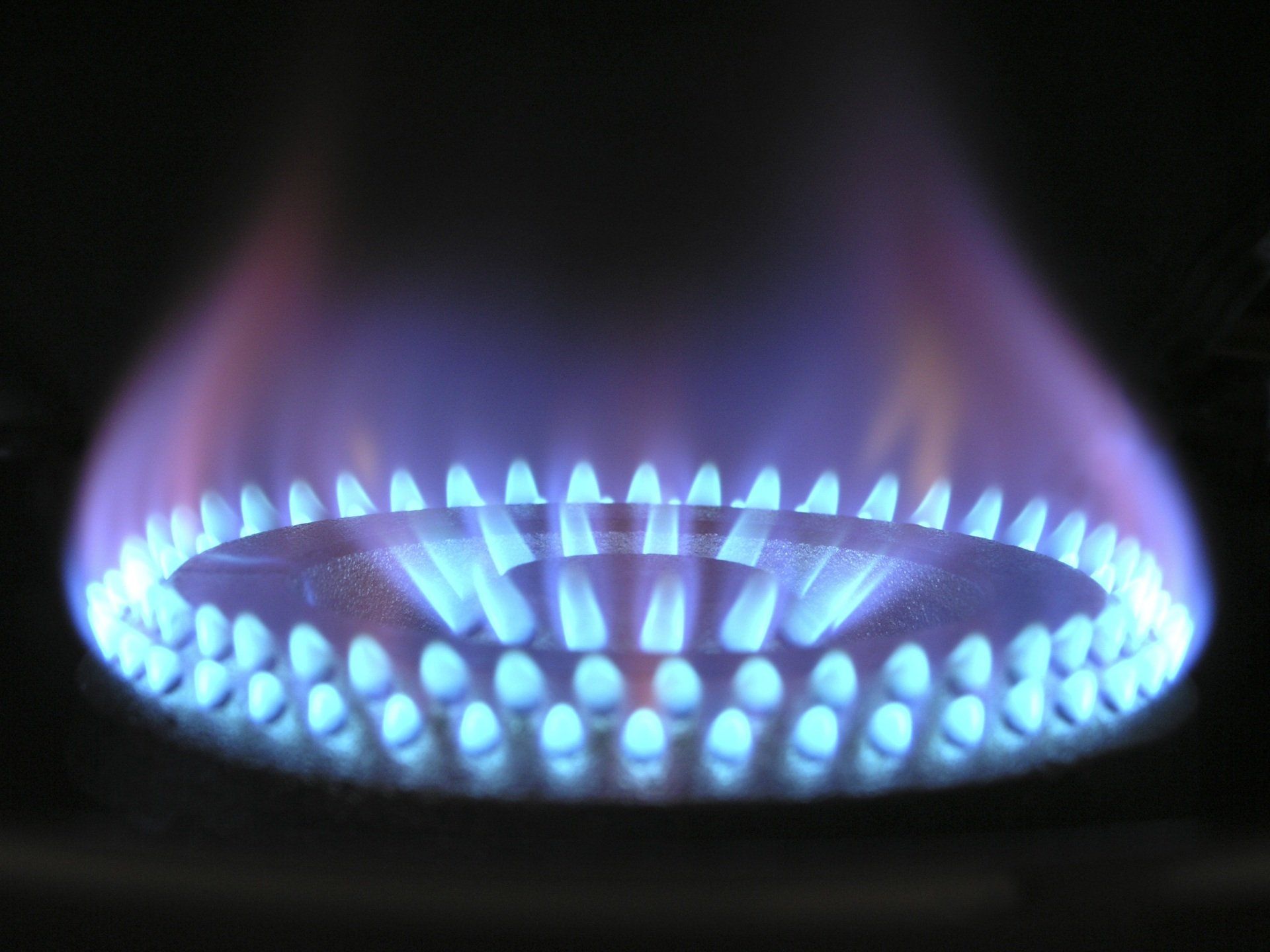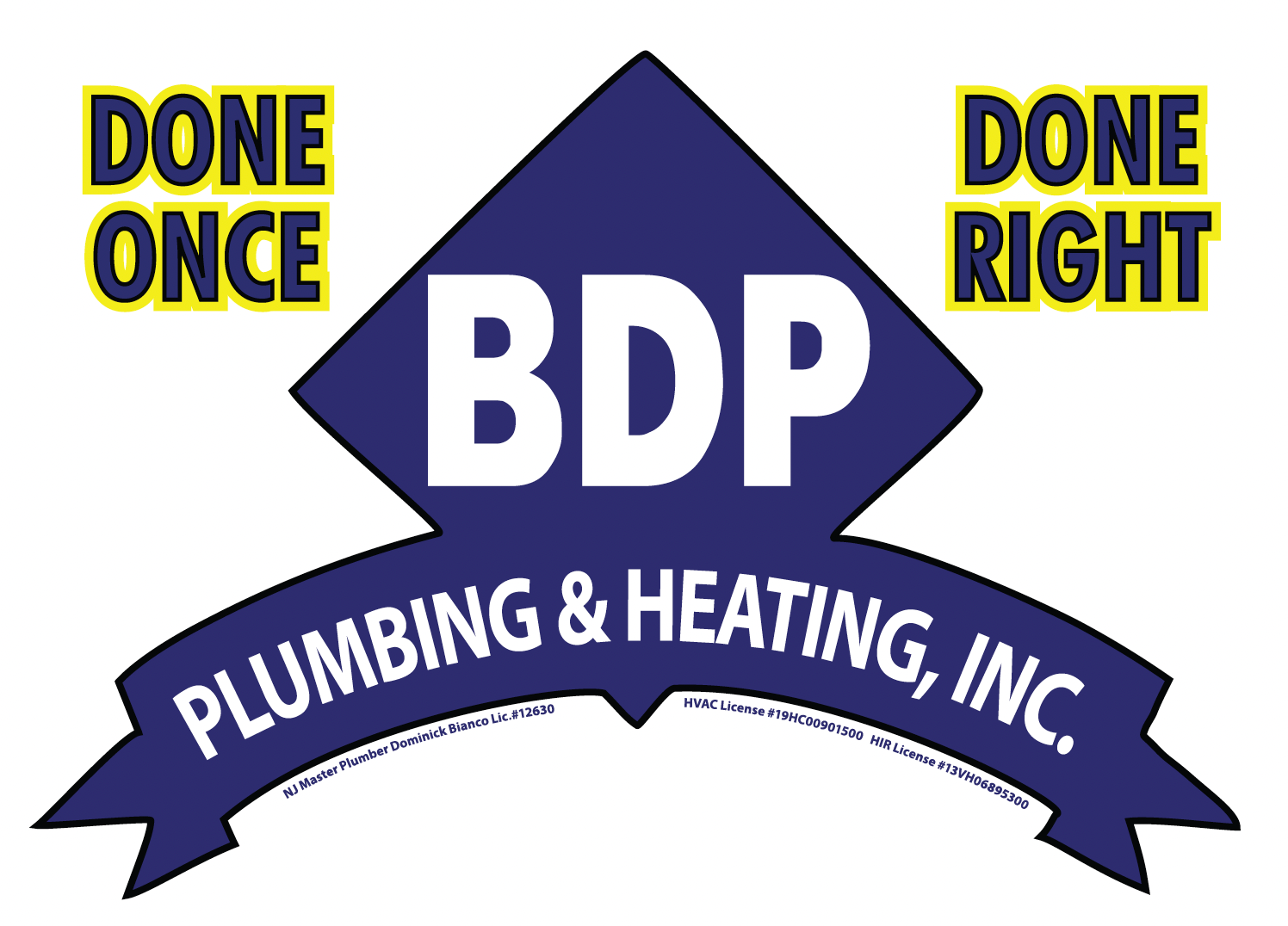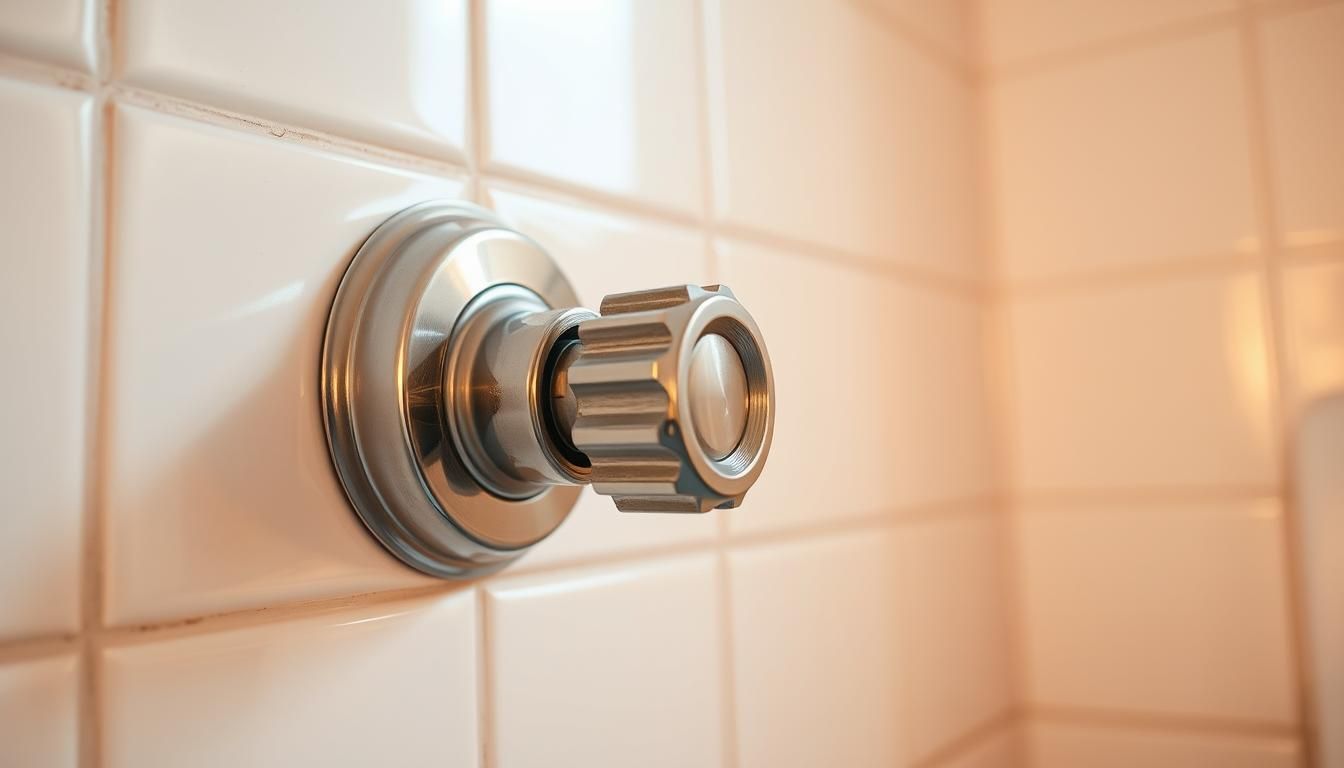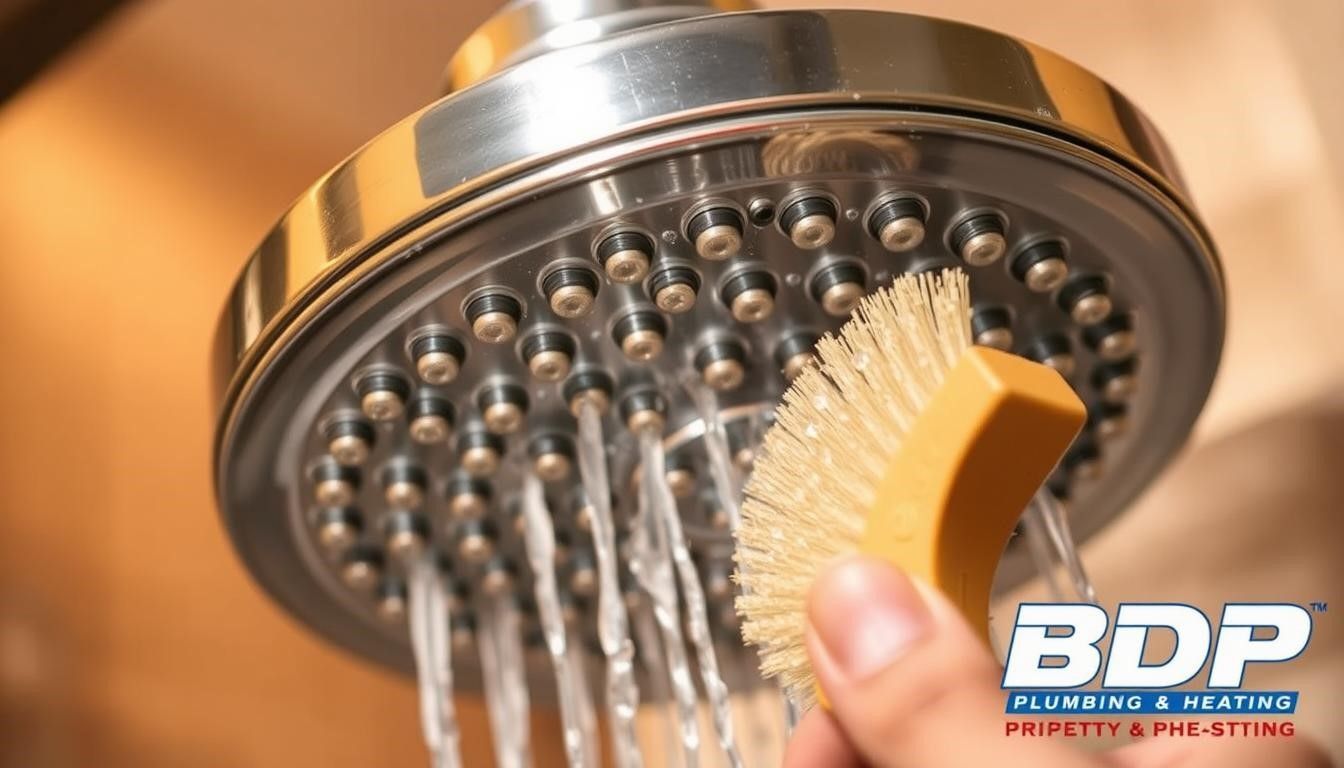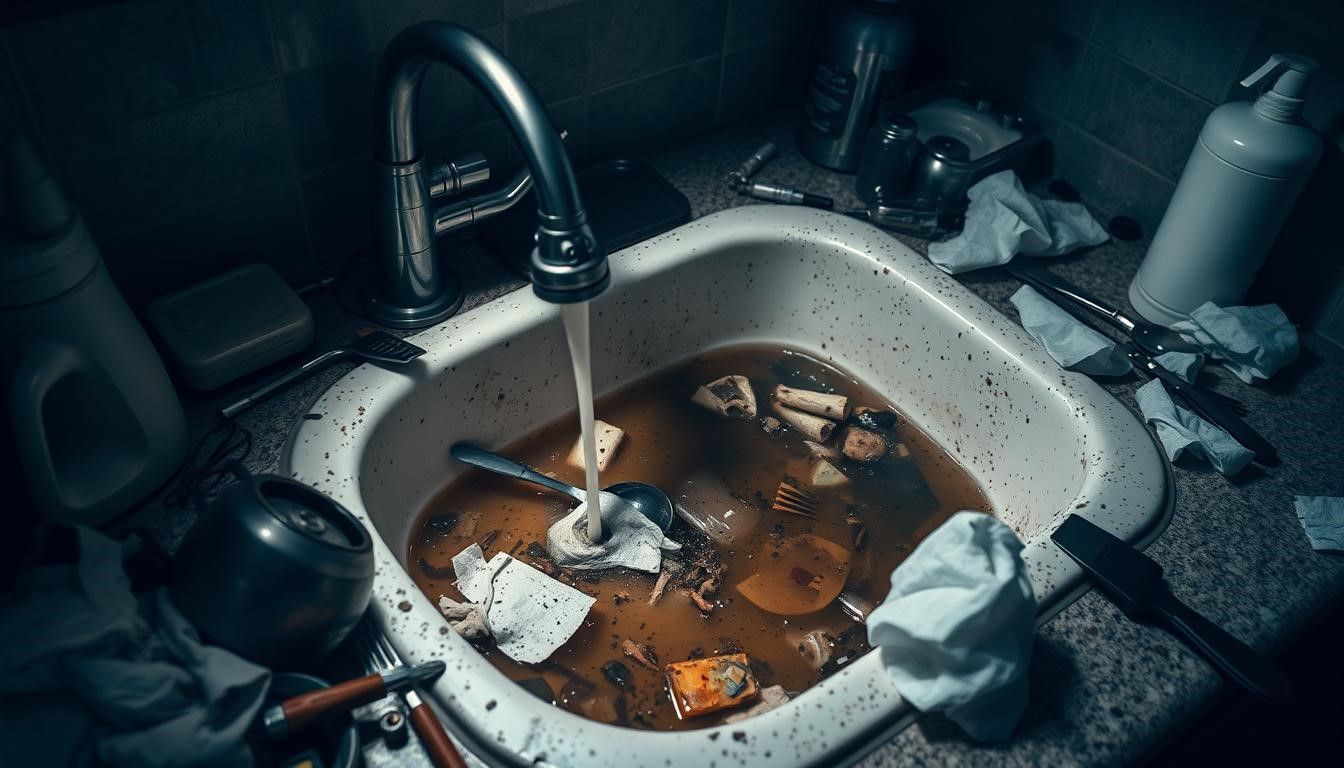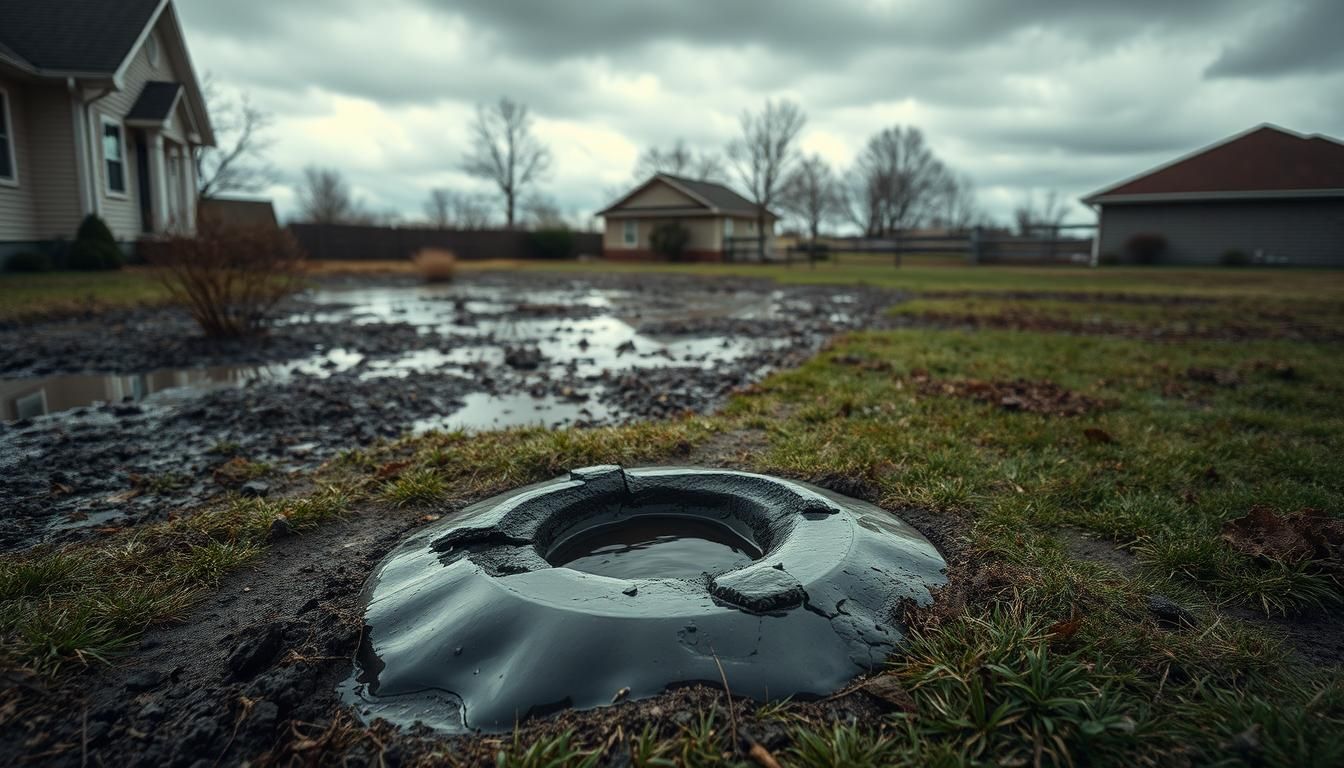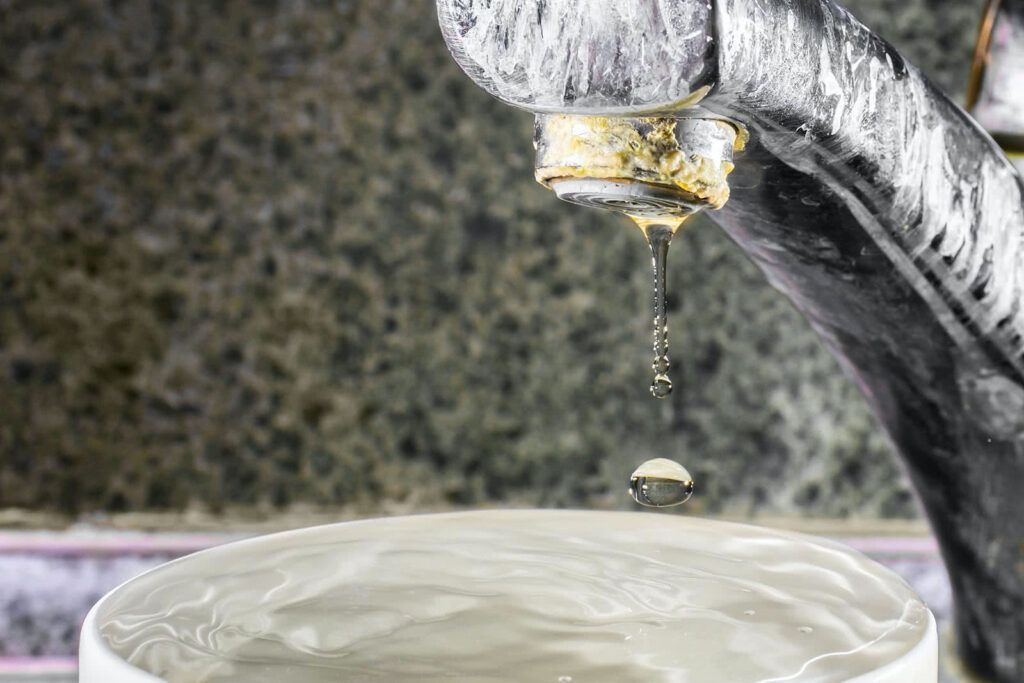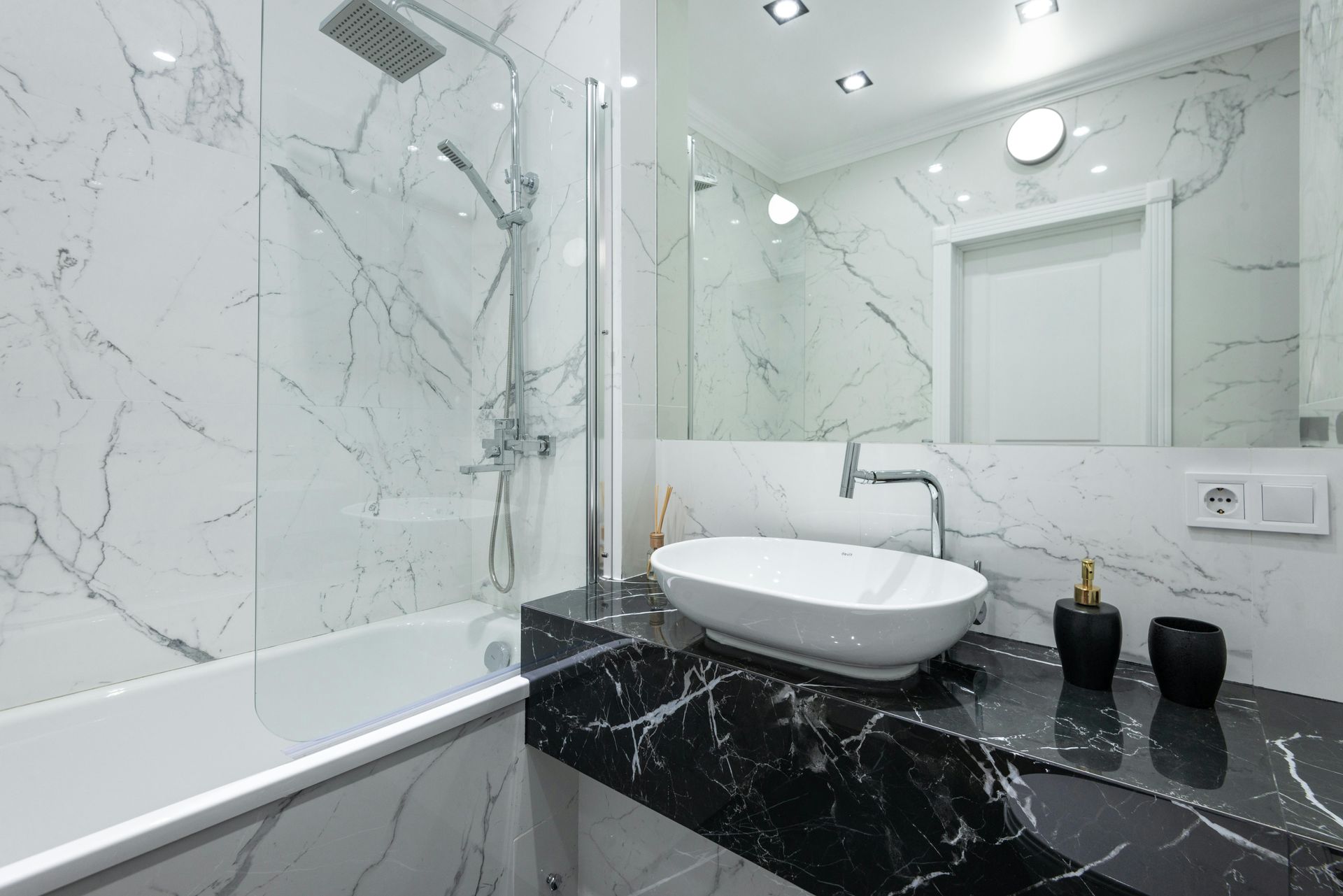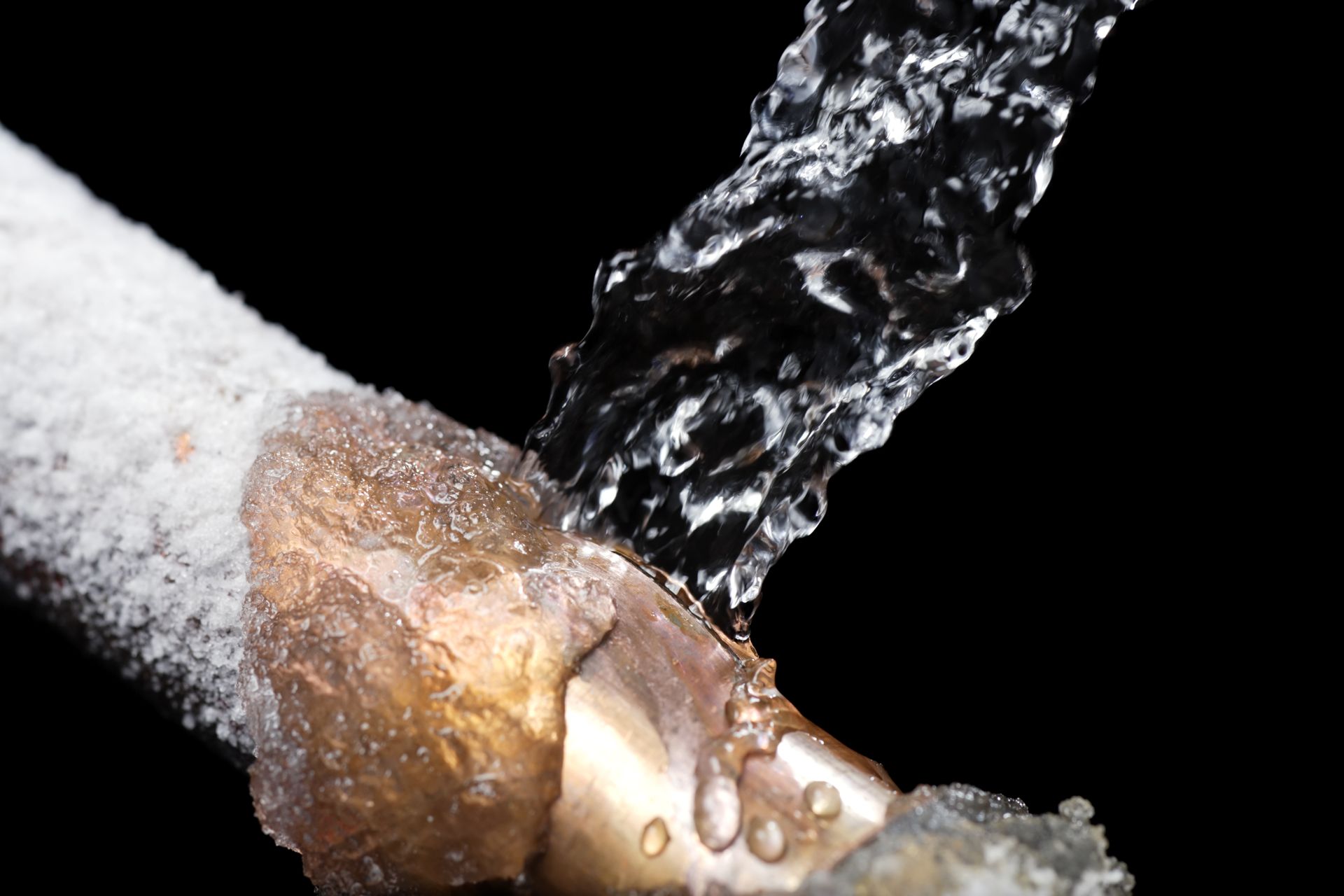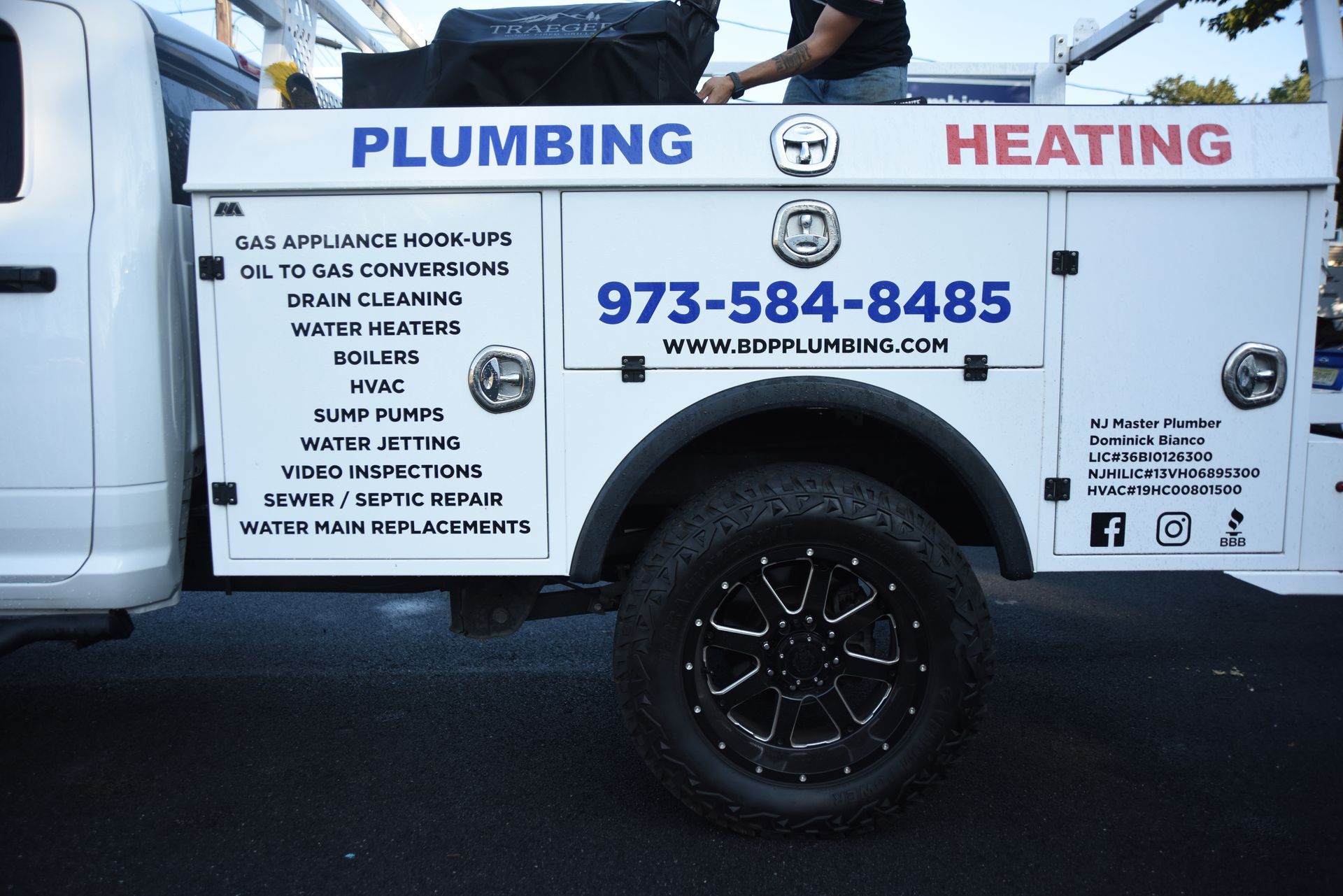Turn Off Water to House: Step-by-Step Guide
Knowing how to shut off water to your house is key to avoiding water damage in emergencies. A burst pipe or a leaking appliance can cause a lot of damage if not fixed quickly.
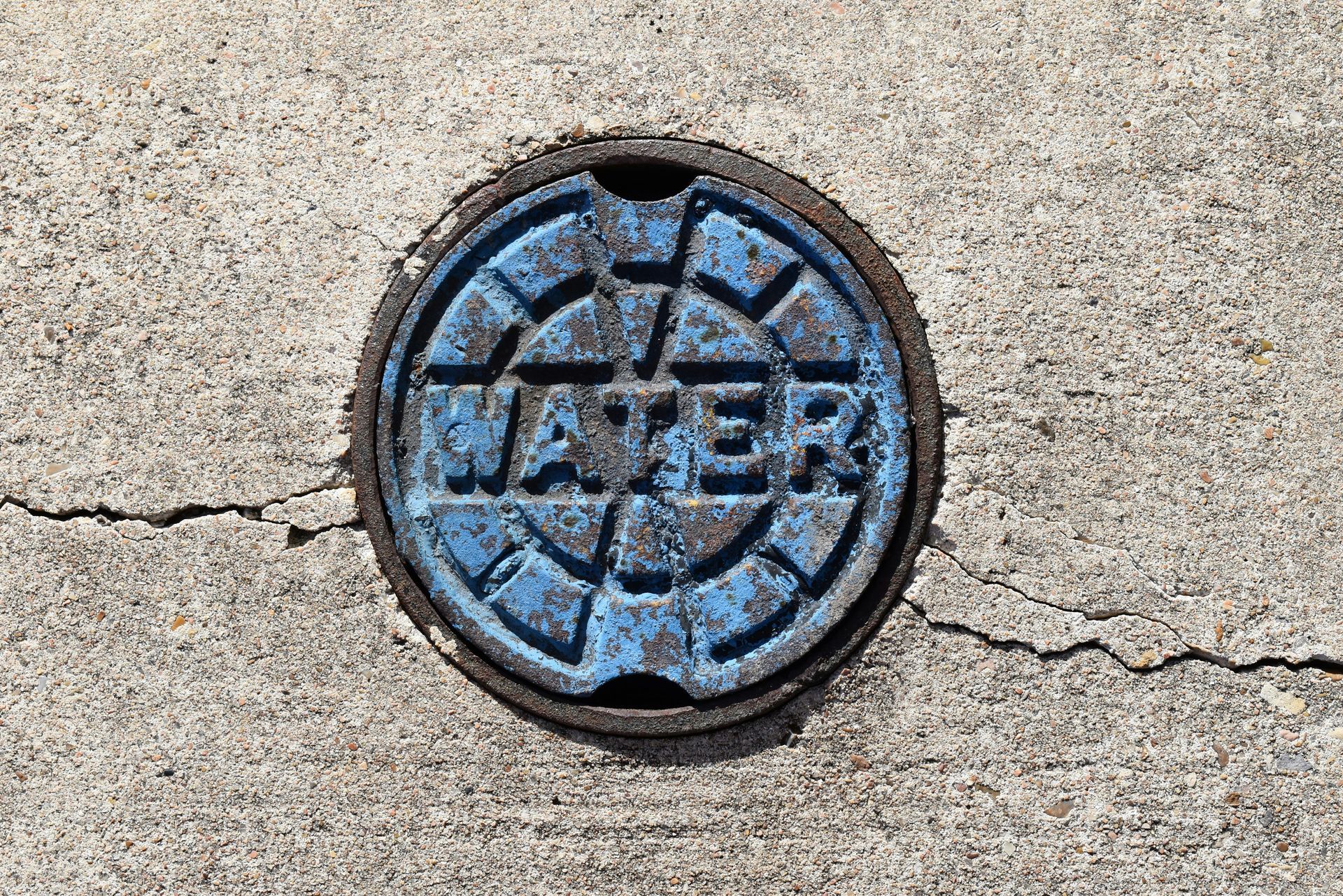
BDP Plumbing & Heating, Inc. is a trusted plumbing expert in Morris and Sussex Counties. They have over a decade of experience. They offer quick, reliable, and professional services to homeowners and businesses. Knowing where and how to use your water shut-off valve can help you avoid expensive repairs.
Key Takeaways
- Locate your water shut-off valve to prevent water damage.
- Understand how to operate the valve correctly.
- Regularly inspect your plumbing system for potential issues.
- Have a plan in place for emergency plumbing situations.
- Rely on professionals like BDP Plumbing & Heating, Inc. for plumbing needs.
Why Every Homeowner Should Know How to Shut Off Their Water
Knowing how to turn off your home's water can save you from a lot of trouble. Water emergencies can happen without warning. Being ready can stop a lot of damage.
By learning how to shut off your water, you can act fast in emergencies.
Preventing Costly Water Damage in Emergencies
One big reason to know how to shut off your water is to avoid expensive damage. Burst pipes and leaky appliances can cause a lot of water loss if not fixed right away. Shutting off the water can help reduce damage and save you money on repairs.
- Reduce the risk of water damage
- Save on costly repairs
- Protect your home and belongings
Simplifying Home Repairs and Renovations
Knowing how to shut off your water supply also makes home repairs and renovations easier. Whether it's fixing a leaky faucet or replacing a toilet, turning off the water makes the job safer and simpler. This is really helpful during renovations, when you might need to shut off all water access.
Key benefits include:
- Easier plumbing repairs
- Smoother renovation processes
- Increased safety during maintenance
Understanding Your Home's Water Supply System
Knowing how your home's water supply system works can save you from potential headaches. It's essential to understand the journey of water from the main line to your faucets. You also need to know the key components involved in this process.
The Journey of Water from Main Line to Your Faucets
Water travels from the municipal main line into your home through a connection pipe. This pipe is typically linked to a water shut-off valve. This valve controls the water flow into your house. "A well-maintained water shut-off valve is crucial for preventing water damage," says a plumbing expert at BDP Plumbing & Heating.
The water then distributes to various parts of your home. This includes faucets, toilets, and appliances, through a network of pipes.
Key Components of Your Home's Water Connection
The key components include the service line, water meter, and shut-off valves. The service line is the pipe that connects your home to the municipal water main. The water meter measures your water usage, and shut-off valves control the water supply.
BDP Plumbing & Heating specializes in managing complex plumbing systems. They ensure that every component works efficiently.
Locating Your Main Water Shut-Off Valve
Knowing where your main water shut-off valve is is key for homeowners. It controls water to your whole house. Being able to find and use it is important for emergencies or repairs.
"A burst pipe can cause significant damage if not addressed promptly," says a plumbing expert. "Knowing where your main shut-off valve is located can save you from potential headaches."
Common Locations in Different Home Types
The main water shut-off valve is usually near the water meter or where water lines enter the house. Its location varies by home type:
- In basements, it's often near the foundation wall.
- In homes with crawl spaces, it might be located near the front of the house.
- In areas with warmer climates, the valve might be outside, near the water meter.
It's important to know where it is in your home. This way, you can find it easily when needed.
Identifying Different Valve Types and How They Work
Main water shut-off valves come in different types, like gate valves, ball valves, and stop valves. Gate valves are turned clockwise to shut off water. Ball valves have a lever that turns 90 degrees to control water flow.
It's crucial that your main water shut-off valve is easy to access and works well. Check it regularly to ensure it's functioning correctly and not stuck.
By learning how to find and use your main water shut-off valve, you can better manage your home's water supply.
Essential Tools for Water Shut-Off Procedures
Having the right tools is crucial for controlling your home's water supply. Shutting off the water can prevent damage and make repairs easier.
Basic Tools Every Homeowner Should Have
Every homeowner needs a basic toolkit. It should include an adjustable wrench or basin wrench for the main shut-off valve. Having these tools ready can be a big help in emergencies.
Specialized Tools for Hard-to-Reach Valves
For homes with valves that are hard to reach, you might need special tools. Long-handled wrenches or valve keys are examples. If you're not sure how to find or use your main shut-off valve, get help from BDP Plumbing & Heating.
Being prepared with the right tools lets you manage your home's water supply safely. This way, you can reduce risks of water damage.
How to Shut Off Water to House: Complete Step-by-Step Process
Knowing how to shut off your water supply is key for home upkeep. It helps prevent water damage and makes repairs easier.
Safety Preparations Before You Begin
Before you start, get your home and family ready. Notify everyone in the house about the water shut-off. Also, have a bucket and towels ready to catch any water left in the pipes.
"Preparation is key to a successful water shut-off. Ensuring you have the right tools and have informed your household members can make the process smoother."
Operating Different Types of Main Shut-Off Valves
The main shut-off valve controls your home's water supply. You'll find different types like gate, ball, and lever valves. Gate valves need many turns to shut off, while ball valves just need a quarter-turn. Knowing your valve type is important for emergencies.
| Valve Type | Operation Method | Common Locations |
|---|---|---|
| Gate Valve | Multiple turns | Older homes |
| Ball Valve | Quarter-turn | Modern homes |
| Lever Valve | Simple lever operation | Various homes |
Confirming Water Flow Has Stopped
After turning off the main valve, check if water stops. Turn on a faucet below the valve to see if water flows. If it does, the valve might not be closed fully or there could be another open valve.
By following these steps, you can be ready for water emergencies and maintenance tasks.
Shutting Off Water at the Water Meter
The water meter controls your home's water supply. Knowing how to use it is crucial. Sometimes, you need to shut off the water at the meter. This involves finding the meter and using the municipal shut-off valve.
Finding Your Water Meter Location
The water meter is usually near the street or in your basement. It's in a concrete or plastic box labeled "water meter." Knowing where it is helps you access it easily when needed.
Using the Municipal Shut-Off Valve
The municipal shut-off valve is near the meter. You need a long-handled wrench to operate it. Make sure to use the right tool to avoid damage. You might need permission from your local water authority to use it.
When to Contact Your Water Provider
If you're not sure about using the shut-off valve, call your water provider. They can help or send someone. BDP Plumbing & Heating can also assist with complex procedures, ensuring your plumbing is managed right.
| Situation | Action Required |
|---|---|
| Uncertain about operating the municipal shut-off valve | Contact your water provider for guidance |
| Need to shut off water supply urgently | Use the municipal shut-off valve with the correct tool |
| Complex water shut-off procedures | Consult BDP Plumbing & Heating for expert assistance |
Controlling Water to Individual Fixtures and Appliances
Knowing how to control water to each fixture and appliance is key for homeowners. It helps with upkeep and fixes, cutting down on water damage risks. It also saves time and money.
Bathroom Fixture Shut-Off Valves
Bathroom shut-off valves are usually found under the sink or near the toilet. They manage water to the faucet, toilet, and sometimes the shower or tub. Knowing how to find and use these valves is crucial for quick fixes without affecting the whole house.
Kitchen and Laundry Appliance Valves
Kitchen and laundry appliance valves are behind the appliances or under the sink. They feed water to dishwashers, washing machines, and kitchen faucets. Knowing where and how to use these valves helps stop leaks and makes replacing appliances easier.
Outdoor Spigot and Irrigation System Shut-Offs
Outdoor spigots and irrigation systems have their own shut-off valves. They're often near outdoor faucets or in utility areas. Turning off these valves is important for
Understanding how to manage water to each fixture and appliance makes upkeep and repairs easier. It also helps in emergencies, preventing big water damage. By knowing where all the shut-off valves are, you can keep your plumbing system efficient and safe.
Emergency Water Shut-Off Procedures
Water emergencies can happen anytime. It's crucial to know how to shut off the main water supply quickly. This can help prevent damage to your home.
Responding to Burst Pipes and Major Leaks
If you have a burst pipe or major leak, find your main water shut-off valve first. Turn the valve clockwise to shut off the water supply. This step can prevent more damage. It's important to act fast to reduce water damage.
"The key to minimizing damage during a water emergency is quick action and knowing how to shut off the main water supply," says a plumbing expert. Knowing where and how to use your main shut-off valve is essential.
Minimizing Damage While Shutting Off Water
While shutting off the water, remove valuable items from the area. Use towels or a wet vacuum to contain the water. Acting quickly can make a significant difference in the damage.
When to Call BDP Plumbing & Heating for Emergency Service
If you face a big leak or burst pipe, call the pros. BDP Plumbing & Heating offers emergency services to fix your plumbing. They're ready to help 24/7.
Don't wait to call BDP Plumbing & Heating for water emergencies. They can help protect your home and fix your plumbing.
Seasonal Guide to Water Shut-Off
Knowing how to handle your home's water supply in different seasons can save you money. As a homeowner, it's important to be proactive about seasonal preparations. This helps prevent water damage.
Winterizing Your Home's Water System
Winterizing your home's water system is key to avoid pipes freezing and bursting. Here's how to do it right:
- Disconnect and drain hoses from outdoor faucets.
- Insulate exposed pipes in unheated areas like the garage, basement, or crawlspace.
- Consider installing freeze-proof faucets or frost-proof spigots.
- Let cold water drip from faucets served by exposed pipes.
By following these steps, you can greatly lower the chance of your pipes freezing in the cold winter.
Preparing Your Water System for Vacation Absences
If you're going to be away from home for a while, it's crucial to prepare your water system. This prevents leaks or bursts. Here's what to do:
- Locate your main water shut-off valve and turn it off.
- Drain the system by opening the lowest drain valve.
- Consider hiring a trusted neighbor or friend to check on your home periodically.
Additional Tip: Think about getting a smart water leak detector. It can alert you to issues remotely.
Troubleshooting Common Water Shut-Off Valve Problems
Knowing how to fix common water shut-off valve issues is key to keeping your home's plumbing working right. A faulty shut-off valve can cause water damage and higher bills.
Dealing with Stuck or Corroded Valves
Stuck or corroded valves are common problems. First, make sure you have the right tools. Use penetrating oil to loosen corroded parts.
For hard-to-turn valves, a valve key or adjustable wrench can help. But, if the corrosion is bad, you might need a new valve.
Signs It's Time to Call BDP Plumbing & Heating Professionals
If you see leaks, can't turn the valve, or see corrosion, call a pro. BDP Plumbing & Heating's team can fix complex valve problems fast.
Our Expert Valve Replacement Services
BDP Plumbing & Heating provides top-notch valve replacement. Our techs know how to install various valves right.
Preventative Maintenance Programs
Join our preventative maintenance programs to avoid valve issues. Regular checks and upkeep can save you from expensive repairs.
By knowing how to fix your water shut-off valve and when to call experts, you keep your plumbing system running smoothly.
Conclusion: Peace of Mind Through Water Control Knowledge
Knowing how to shut off your house's water supply is key for homeowners. This guide shows you how to do it. It helps you handle emergencies and make repairs easily.
It also stops expensive water damage and makes home fixes simpler. This knowledge gives you peace of mind. It protects your home from water damage and lets you manage your home's water system well.
Whether it's a burst pipe or routine maintenance, knowing how to shut off the water is crucial. By learning how to do this, you're protecting your home and its plumbing.
By choosing BDP Plumbing and Heating Inc. for your plumbing needs, you can trust that you're getting reliable, professional service. Contact them today at (973-584-8485) to schedule your water testing.
Frequently Asked Questions About Water Shut Off Valves
Where is the main water shut-off valve typically located in a house?
You can usually find the main water shut-off valve near the water meter. It's also where the water line enters the house. Look for it in the basement, crawl space, or garage. Knowing where it is helps you turn off the water quickly when needed.
How do I know if my main water shut-off valve is working properly?
To check if your valve works, turn it clockwise to shut off the water. If it's hard to turn or leaks, it might need fixing. BDP Plumbing & Heating can help with inspections and repairs.
What tools do I need to shut off the water supply to my house?
You'll need an adjustable wrench or basin wrench to shut off the main valve. For valves that are hard to reach, you might need a special tool. If you're not sure, BDP Plumbing & Heating can guide you.
Can I shut off the water supply to individual fixtures or appliances?
Yes, many fixtures and appliances have their own shut-off valves. For example, bathroom fixtures, kitchen and laundry appliances, and outdoor spigots have dedicated valves. Knowing where these are can help prevent damage in emergencies.
How do I winterize my home's water system?
To winterize your water system, first shut off the main water supply. Then, drain the pipes and insulate any exposed pipes in unheated areas. BDP Plumbing & Heating can give you expert advice on how to winterize your plumbing to avoid freezing and damage.
What should I do in case of a burst pipe or major leak?
If you have a burst pipe or major leak, quickly turn the main water shut-off valve clockwise to stop the water. Then, call BDP Plumbing & Heating for emergency help to fix the issue and prevent more damage.
How often should I inspect my shut-off valves?
It's important to check your shut-off valves regularly. Do this every few months to make sure they're working right. If you find any problems, BDP Plumbing & Heating can help with maintenance or replacement.
Can BDP Plumbing & Heating help with water shut-off valve replacement?
Yes, BDP Plumbing & Heating can assist with replacing, inspecting, and maintaining your water shut-off valves. Their experts can help you choose the right valves for your home and ensure they're installed correctly.
